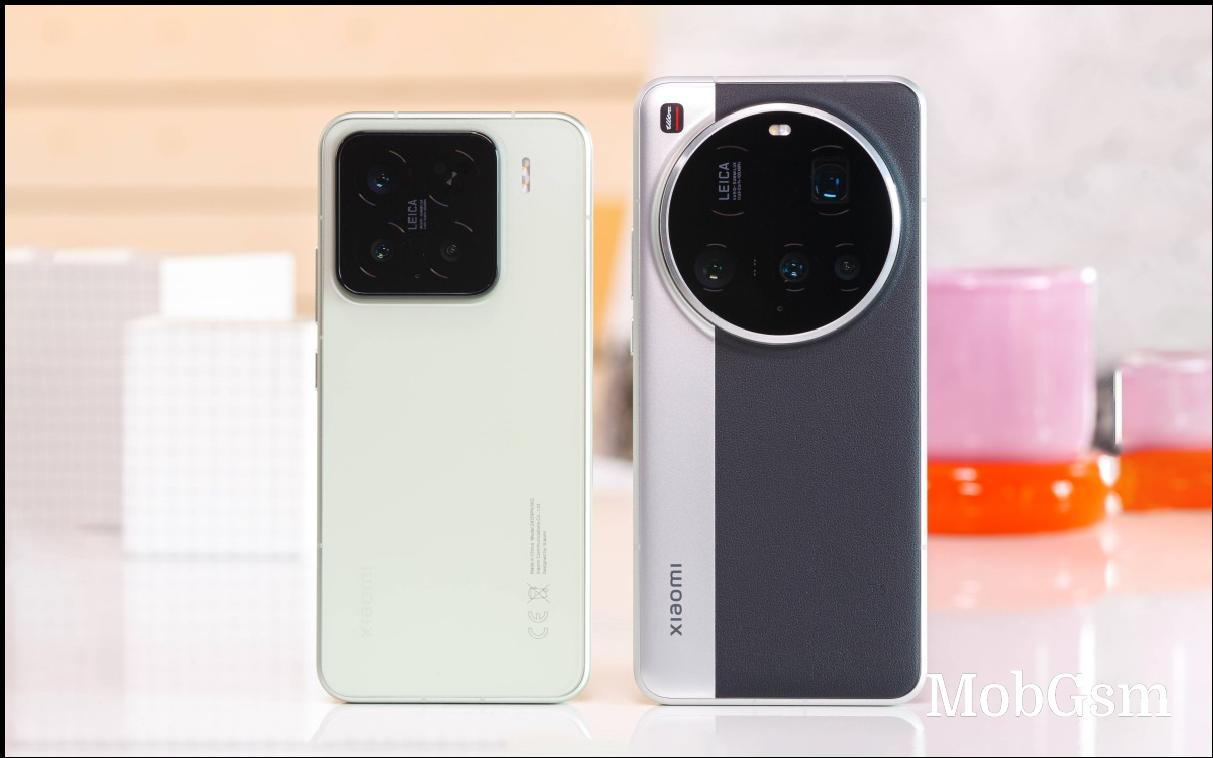Xiaomi Mi 11 Ultra brings massive camera sensors and two screens, Mi 11i also announced

The Xiaomi Mi 11 Ultra is truly deserving of its superlative name. It’s hard to pick which is the the phone"s greatest strength, but it may well be the camera.
The Mi 11 Ultra will be available globally, as will this other Snapdragon 888-powered phone – the Xiaomi Mi 11i (which is the global version of the Redmi K40 Pro+).
Xiaomi Mi 11 Ultra
The massive Samsung GN2 sensor makes its debut with the Mi 11 Ultra. At 1/1.12” it is the largest sensor ever used in a mass market phone and it has some of the largest pixels we’ve seen in recent years – 1.4µm before anyone even mentions the word “binning”. The GN2 does in fact support 4-in-1 binning that makes the effective pixel size 2.8µm.
The sensor enjoys the benefits of Optical Image Stabilization (OIS) and introduces Dual Pixel Pro, which improves autofocus speed and accuracy. There’s also Smart ISO Pro, which can capture HDR photos in an instant.

The two other cameras on the Mi 11 Ultra’s back are no less impressive. The periscope lens offers 5x optical and 10x hybrid zoom. Even better, it is paired with a 48MP sensor (IMX586), which is fairly large in its own right – 1/2.0”, 0.8µm pixels (1.4 µm after binning).
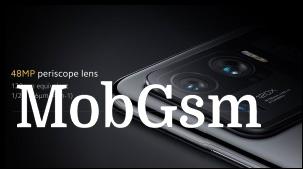
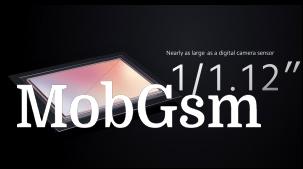
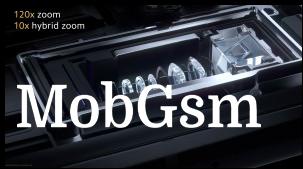
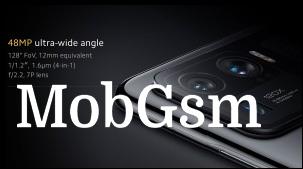
More details on Mi 11 Ultra"s impressive triple camera
For comparison, the Galaxy S21 Ultra has a 10 MP 1/3.24” sensor (1.22µm) behind its periscope. Plus, the Xiaomi phone can record 8K through its periscope, which looks to be another first. Anyway, this camera also has OIS, though the lens is a bit dark at f/4.1.
Next up is the ultrawide camera, which has a 128° lens and a 48MP 1/2.0” sensor of its own (IMX586 again). The lens has autofocus and can shoot macro photos. Like the other two cameras on the back, this one can record 8K video. Also, all three have Night mode support.
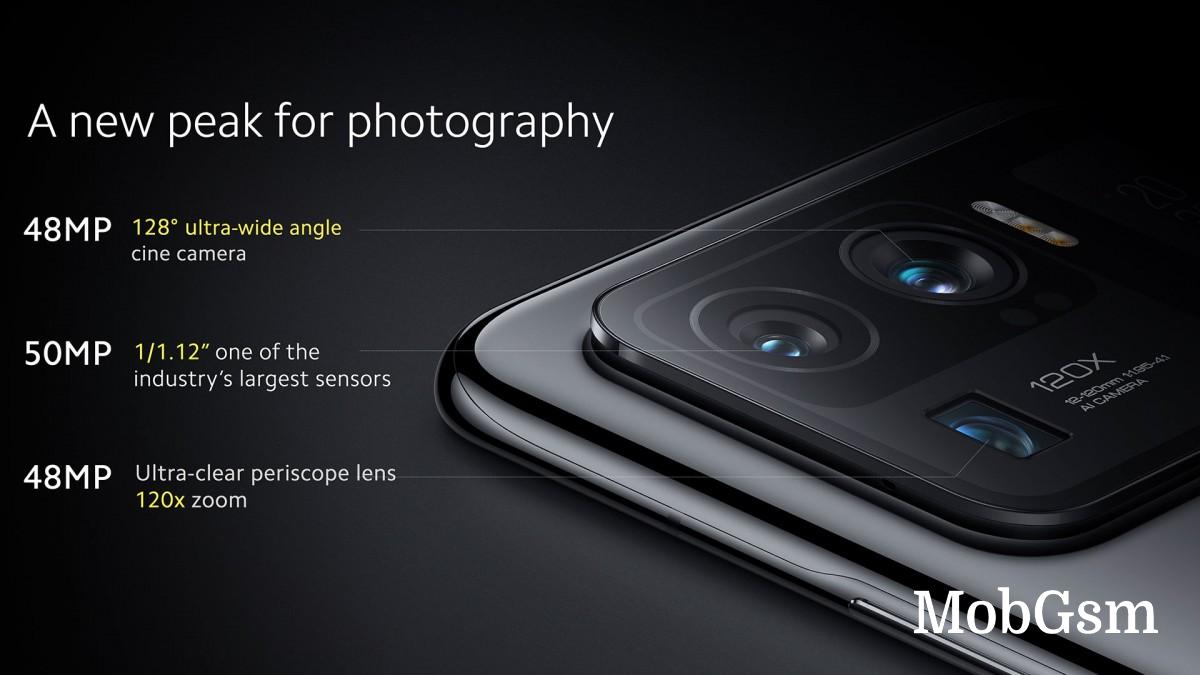
The battery is the other headlining feature of the Mi 11 Ultra. It’s slightly larger than average for a super fast charging phone, 5,000 mAh, and sets a new benchmark with 67W wireless charging support. This matches the 67W wired charging, both can fill the battery to the top in just 36 minutes.
To pull it off, Xiaomi designed a “6x supercharge” technology in-house, including a custom chip that enables wireless charging at 30V and a multi-level current control tech that speeds up charging by 10%. The phone also supports 10W reverse charging for good measure.

Okay, now we can talk about the ordinary things. And by ordinary we mean things like the 6.81” AMOLED display with 1440p+ resolution and Gorilla Glass Victus protection. It has a 120Hz refresh rate, but it is not adaptive (hence ordinary) and 480Hz touch sampling rate.
It’s an excellent screen with an A+ from DisplayMate, earned thanks to HDR10+ and Dolby Vision support. Furthermore, it is well calibrated to the DCI-P3 color space and has a high brightness mode for 900 nits of brightness (peak brightness is 1,700 nits).
 6.81" AMOLED display with Gorilla Glass Victus, 1440p+ resolution, 120 Hz refresh rate
6.81" AMOLED display with Gorilla Glass Victus, 1440p+ resolution, 120 Hz refresh rateAnother highlight feature is the Snapdragon 888 chipset – we wouldn’t expect any less from a flagship. Xiaomi attached a new three-phase cooling system and added 12GB of LPDDR5 RAM plus 256GB of UFS 3.1 storage. The triple ISP of the chipset is used to full effect, allowing the Mi 11 Ultra to shoot with all three cameras simultaneously.
The phone has stereo speakers that were touched up by Harman Kardon. Also, it carries a Hi-Res Audio certification. Alas, there’s no 3.5mm headphone jack. There is Bluetooth 5.2 on board for wireless headphones, however. Additional connectivity includes dual SIM 5G, Wi-Fi 6E, NFC and an IR blaster.
 Stereo speakers (on top and bottom) with Sound By Harman/Kardon
Stereo speakers (on top and bottom) with Sound By Harman/KardonWith ordinary things out of the way, let’s have another look at the back. It’s made out of ceramic, available in Black and White. It’s a material that Xiaomi occasionally uses for special phones in its lineup. The phone is rated IP68, meaning it is dust tight and can be submerged under 1.5m (5 ft) of water for half an hour (by the way, the Mi 11 Ultra and Pro are Xiaomi"s firs IP68-rated phones).

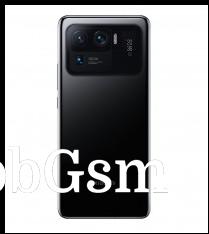

The Xiaomi Mi 11 Ultra will be available globally in Black and White
Another thing to note on the back is the secondary display. It is a 1.1” AMOLED panel (126 x 294 px resolution) with 450 nits peak brightness. It has an Always On mode and can show notifications, plus it can be used as a viewfinder when taking a selfies with the main camera.


The secondary display on the back can show notifications • It can be used as a viewfinder too
The Xiaomi Mi 11 Ultra will be available globally. In China, the base model has 8GB of RAM and 256 GB storage, it will cost CNY 6,000 ($915/€775). You can upgrade to 12 GB of RAM for an extra CNY 500. The top-specced model has 12 GB of RAM and 512 GB storage, this one is CNY 7,000. The Ultra will go on sale in China on April 2.
In Europe, the 12/256GB model will be available soon for €1,200.
Besides the Black and White color options, Xiaomi is also releasing a Marble Ceramic special edition. It also has 12/512GB memory and carries the same CNY 7,000 price tag.

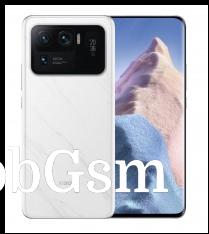
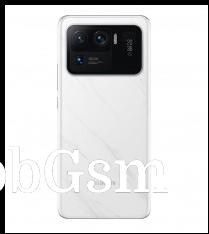
Xiaomi also unveiled a Marble Ceramic special edition
If you want to keep the beautiful ceramic back safe, you can grab a vegan leather case for CNY 150 (available in Blue and Orange. There"s also a “mirror-like” flip case for CNY 200 that also protects the screen.
Xiaomi Mi 11i
Alongside the highflying Ultra global markets will receive the Xiaomi Mi 11i – also known as the Redmi K40 Pro+. This is another Snapdragon 888-powered smartphone with a 6.67” AMOLED display with 120Hz refresh rate (plus 360Hz touch sampling rate).



Xiaomi Mi 11i (aka Redmi K40 Pro+): Snapdragon 888 chipset • 108 MP main cam (HM2) • 4,520 mAh battery
The camera is no slouch either, with the 108MP HM2 sensor. It is smaller than the GN2, measuring 1/1.52”, but with 9-in-1 binning it can create 2.1 µm pixels. And it supports lossless digital zoom up to 3x natively.
Which is important because the Mi 11i lacks a dedicated zoom camera. It does have an 8MP ultrawide camera (119°) and a 5MP telephoto macro camera.

Moving on, the 4,520 mAh battery supports 33W fast charging and can be fully filled in 52 minutes. The screen is guarded by the older Gorilla Glass 5 and the phone itself is splash resistant (IP53).
The Mi 11i will come with two memory options: 8/128GB priced at €649 and 8/256GB, costing €699. The phones will be available through a wide network of stores and carriers. The color palette offers three options: Celestial Silver, Frosty White and Cosmic Black.




Xiaomi Mi 11i colorways: Celestial Silver, Frosty White and Cosmic Black
PS. The default wallpaper of the Mi 11 Ultra shows K1, one of the toughest peaks to climb in the world. That should tell you how big Xiaomi"s ambitions for this phone are.











